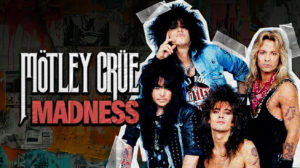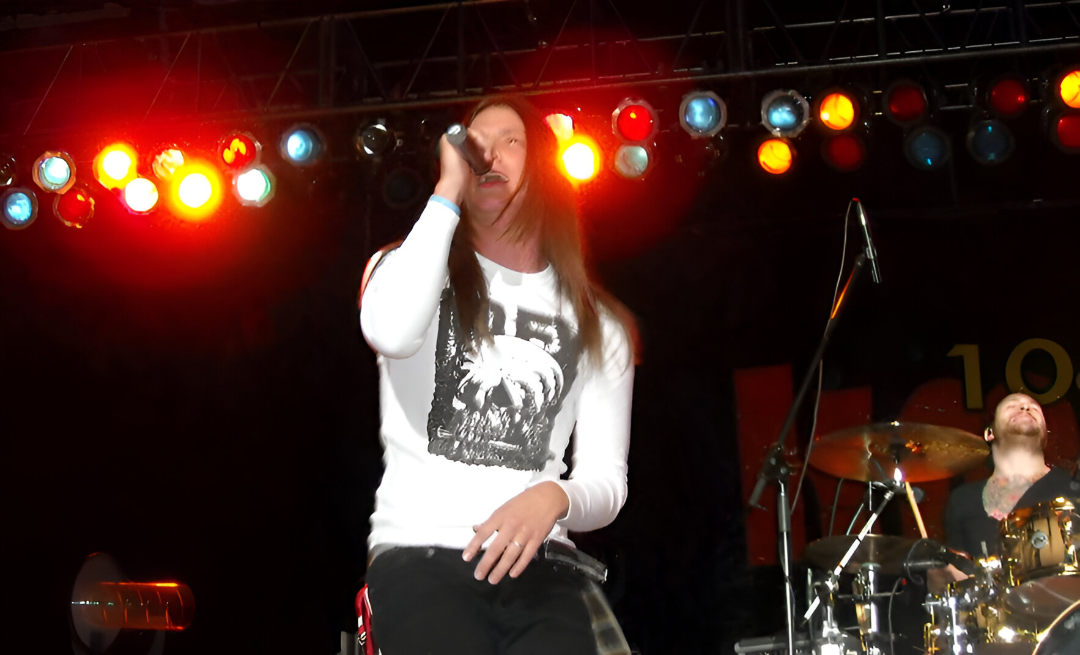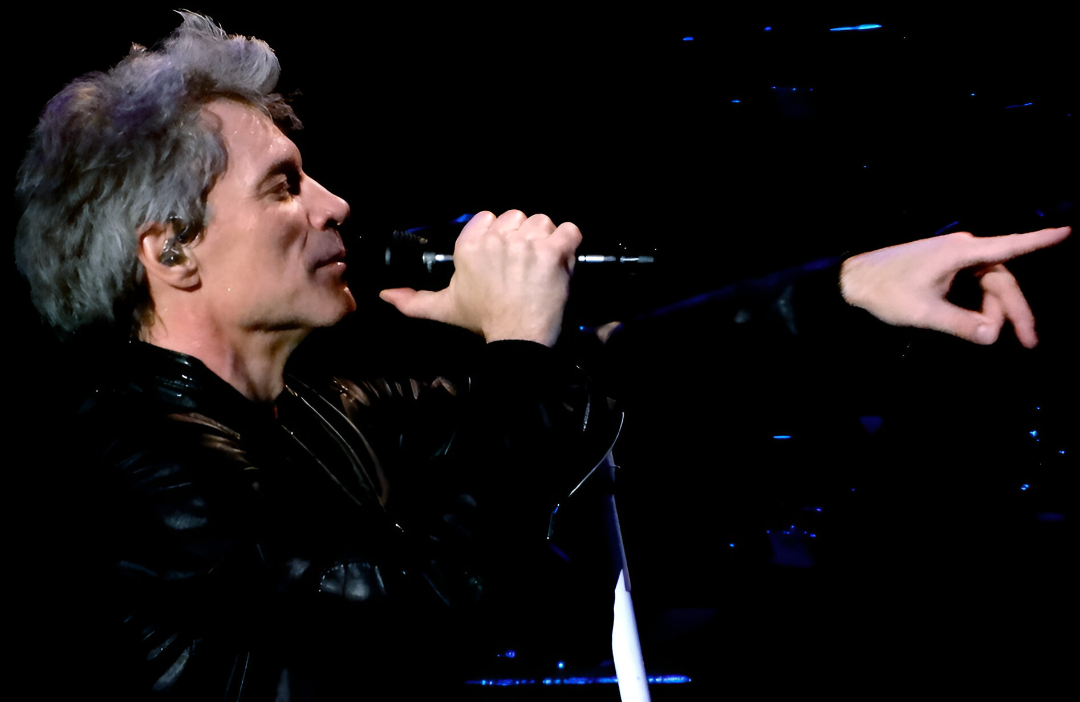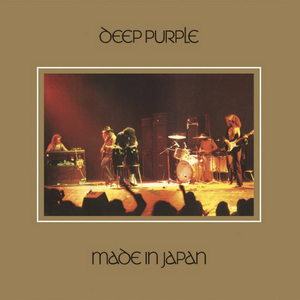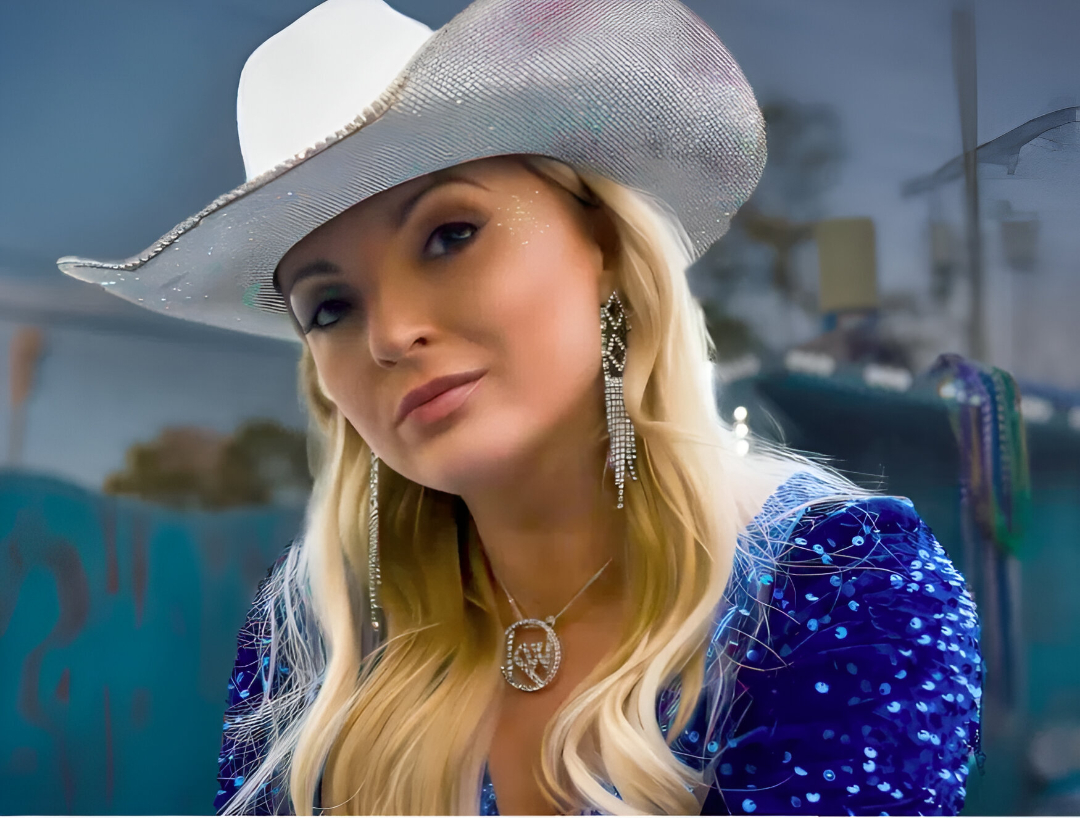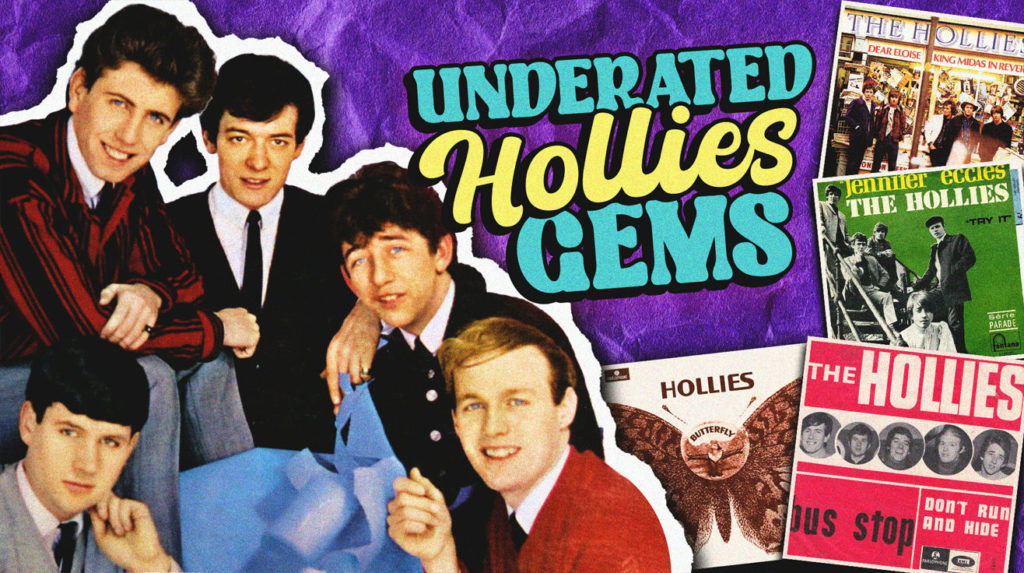
When most casual listeners think of The Hollies, they default to “Bus Stop” or “Long Cool Woman in a Black Dress.” But beneath these radio staples lies a treasure trove of musical innovation that never got its proper spotlight. These Mancunian melody masters crafted harmonies tight enough to make Brian Wilson jealous, while pushing sonic boundaries far beyond their British Invasion peers. From psychedelic experiments to orchestral masterpieces, these overlooked gems showcase a band who refused to be boxed in by their hits.
10. Pay You Back With Interest
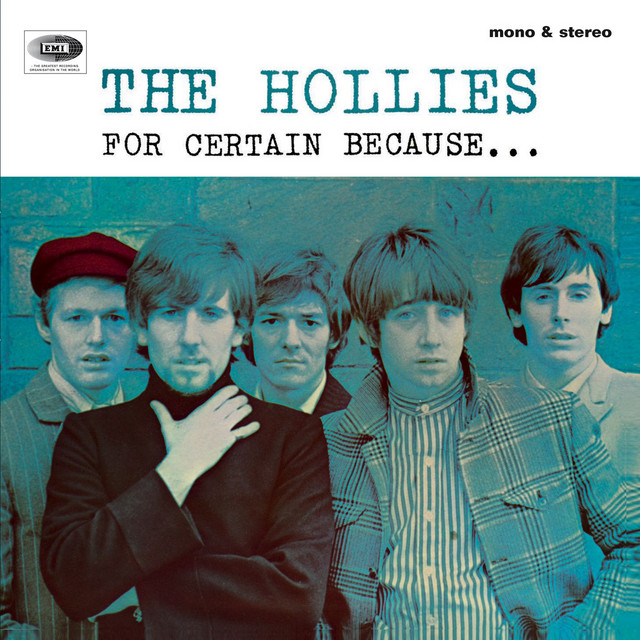
This 1967 gem showcases The Hollies maturing beyond simple pop formulas. Released as a single in the US and featured on their “Evolution” album, the track delivers intricate harmonies against a backdrop of grown-up themes. While the Beatles were getting all the psychedelic glory, The Hollies were crafting equally innovative soundscapes that balanced experimentation with accessibility—a legacy shared by some of the most underrated British bands of the era.
Allan Clarke’s emotive vocals transform lyrics about life’s pressures into something both melancholy and uplifting. The song originally peaked at #28 on Billboard’s Hot 100 but deserved to climb much higher.
9. Dear Eloise
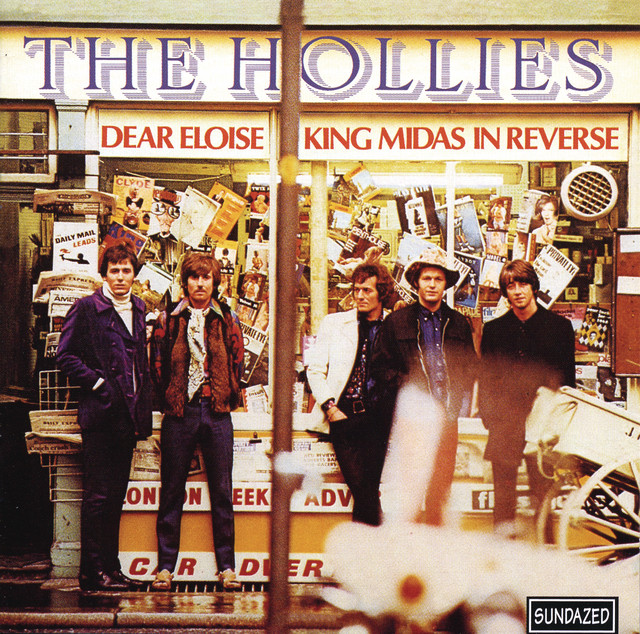
Opening their 1967 “Butterfly” album, “Dear Eloise” proves The Hollies weren’t just a singles band. The orchestral arrangement and narrative structure showcase a group eager to experiment with more ambitious songwriting.
While the Beatles were getting all the psychedelic glory, The Hollies were crafting equally innovative soundscapes that balanced experimentation with accessibility. This track’s beautiful storytelling pulls you in immediately.
8. Butterfly
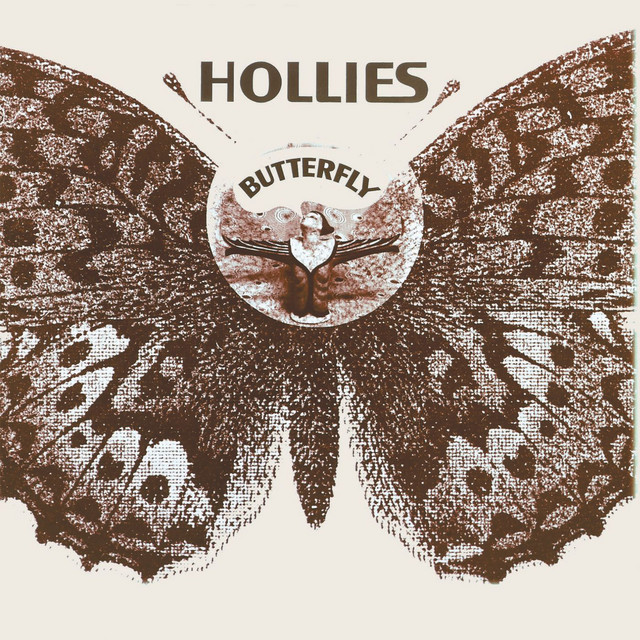
The title track from their 1967 album marks The Hollies’ full dive into psychedelia. The lush orchestration and dreamlike lyrics create an ethereal soundscape that stands shoulder-to-shoulder with the era’s more celebrated mind-expanders.
Unlike some contemporaries who lost their melodic center when they went psychedelic, The Hollies maintained their harmonic identity while expanding their sonic palette. The result feels like sonic metamorphosis captured on vinyl. Explore more underrated British bands who shaped the era.
7. Would You Believe

The title track from their 1966 album exemplifies everything that made The Hollies special. The song delivers soaring harmonies, a catchy melody, and heartfelt lyrics with impeccable musicianship, and garnered fame without starting any lawsuits.
What’s baffling is how this track wasn’t a massive hit. It has everything: memorable hooks, perfect vocal blend, and emotional resonance. Consider this exhibit A in the case for digging beyond greatest hits collections.
6. Don’t Run and Hide

Released as the B-side to their massive hit “Bus Stop” in 1966, this track suffered the fate of many great B-sides: living forever in the shadow of its A-side counterpart.
The song showcases classic Hollies elements – tight harmonies, jangly guitars, and an upbeat tempo that keeps things moving. It’s everything that made their signature sound so immediately identifiable and infectious.
5. After The Fox
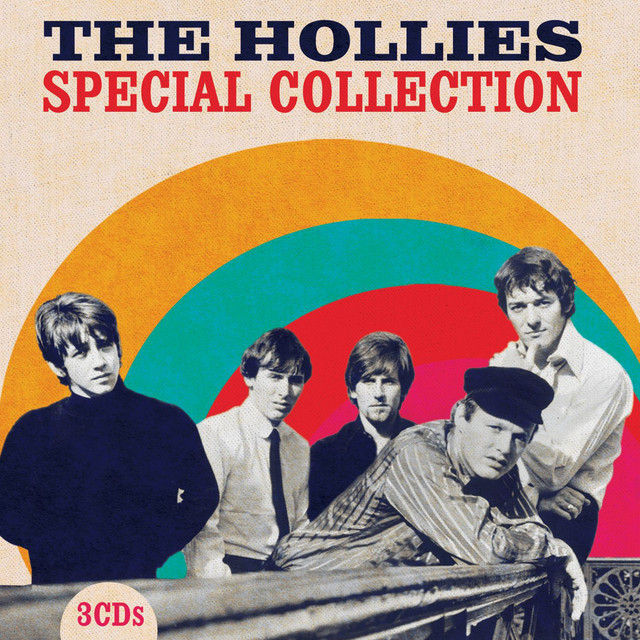
This quirky 1966 collaboration with Peter Sellers (from the film of the same name) demonstrates The Hollies’ willingness to step outside conventional pop formats. The song, written by Burt Bacharach and Hal David, became a fascinating footnote in their catalog.
Though not a chart success, this track showcases their ability to blend their trademark harmonies with novelty elements. It’s a playful detour that reveals how The Hollies could adapt their sound while maintaining their musical identity.
4. King Midas in Reverse

This ambitious 1967 single showcases The Hollies at their most adventurous. The sweeping string orchestration and dramatic tempo shifts create a mini pop symphony that was years ahead of its time. Listen for Graham Nash‘s innovative chord progressions and the lush Baroque-pop arrangement.
Nash’s songwriting shines here, foreshadowing his later work with Crosby, Stills & Nash. The song’s commercial disappointment (peaking at #51 US) reportedly contributed to tensions within the band, despite its now-acknowledged brilliance.
3. On a Carousel
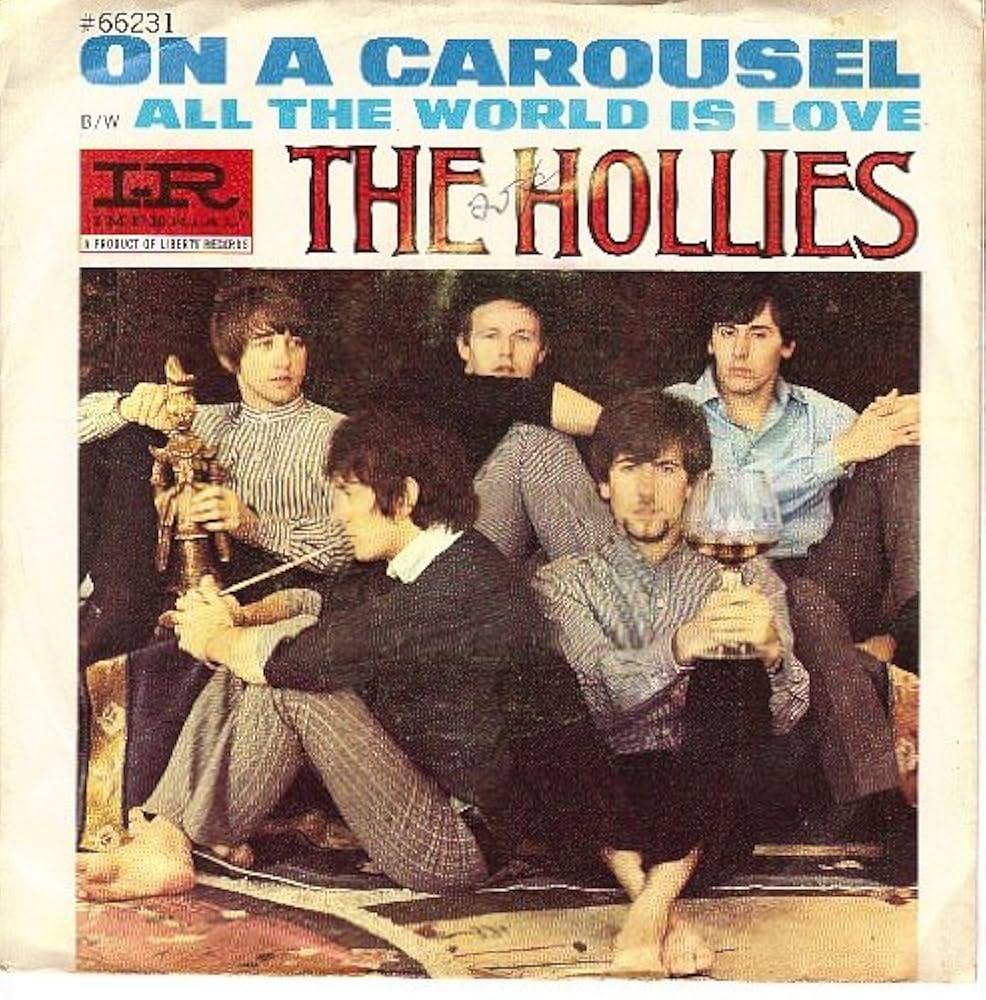
While technically a hit (reaching #11 in the US and #4 in the UK), this 1967 track deserves renewed appreciation for its stunning vocal arrangement and deceptively complex structure. The fairground imagery and swirling melody create a perfect sonic snapshot.
The layered production and intricate harmonies reveal how The Hollies could package experimental elements within accessible pop frameworks. Listen with good headphones to appreciate the full sonic landscape.
2. Jennifer Eccles
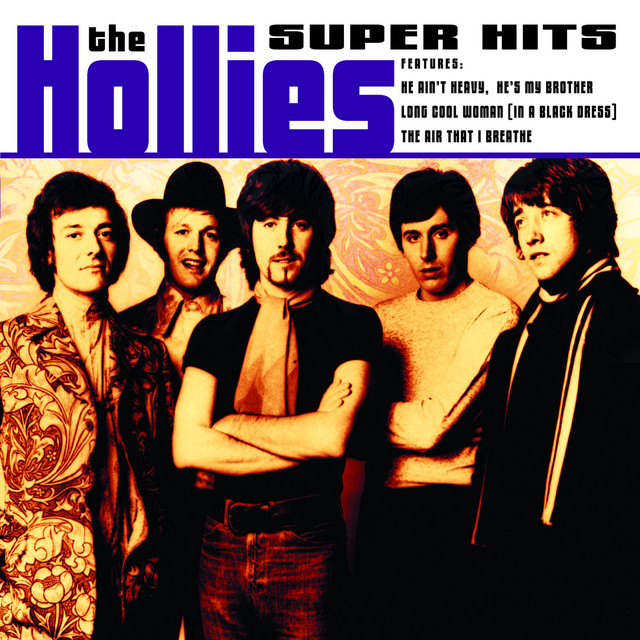
This 1968 hit (#7 UK, #40 US) often gets overshadowed in retrospectives despite its clever songwriting. Graham Nash and Allan Clarke crafted a character sketch that balances pop sweetness with unexpected lyrical depth.
The track showcases The Hollies’ gift for creating memorable melodic hooks while subtly pushing their sound forward. Its bright production and instantly singable chorus demonstrate why they remained relevant even as musical trends shifted dramatically around them.
1. Stop Stop Stop
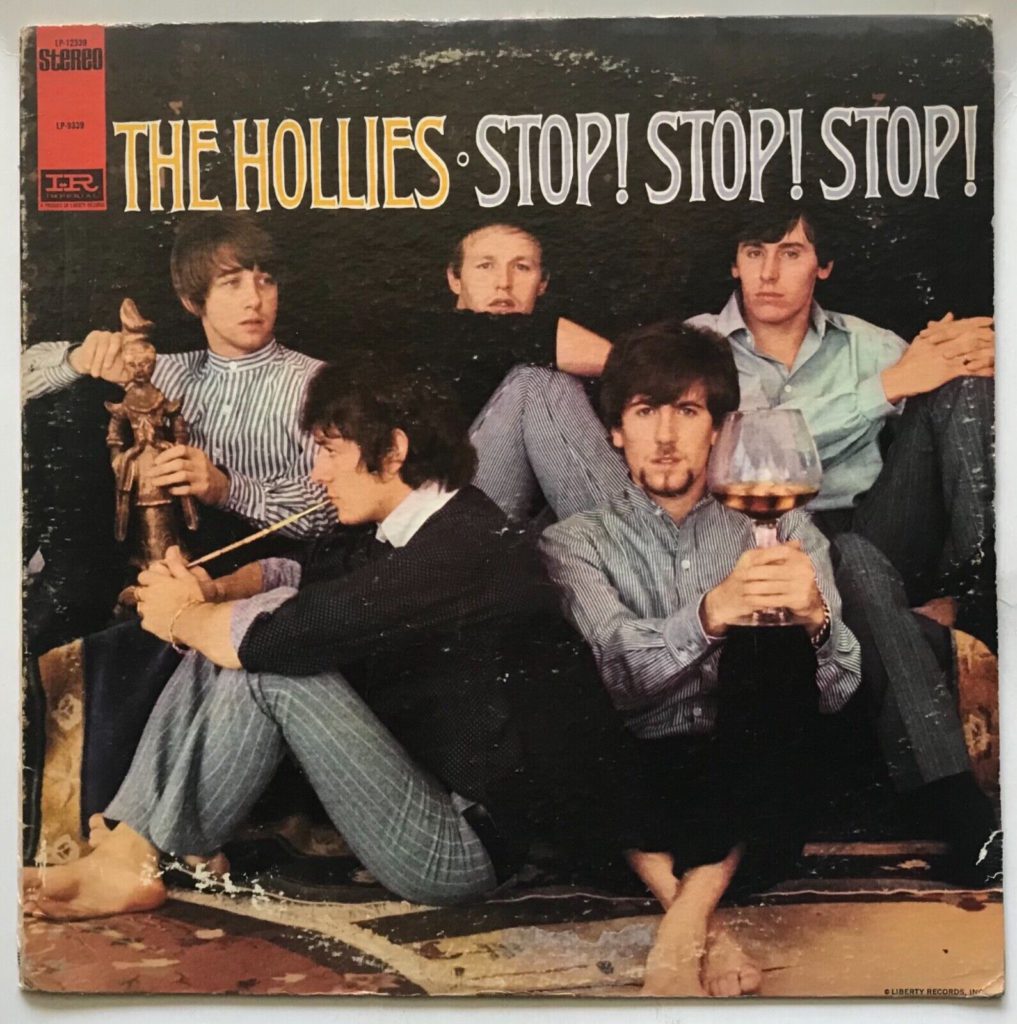
This 1966 hit (#2 UK, #7 US) is unfairly overshadowed by their later work. Tony Hicks’ banjo takes center stage here, creating a hypnotic, almost trance-like rhythm that was revolutionary for mainstream pop at the time.
The song’s Middle Eastern-influenced arrangement features a distinctive 3/4 time signature and exotic percussive elements. That experimental spirit would become increasingly evident in their later psychedelic period, but here it’s wrapped in an irresistibly catchy package that still sounds fresh today.





